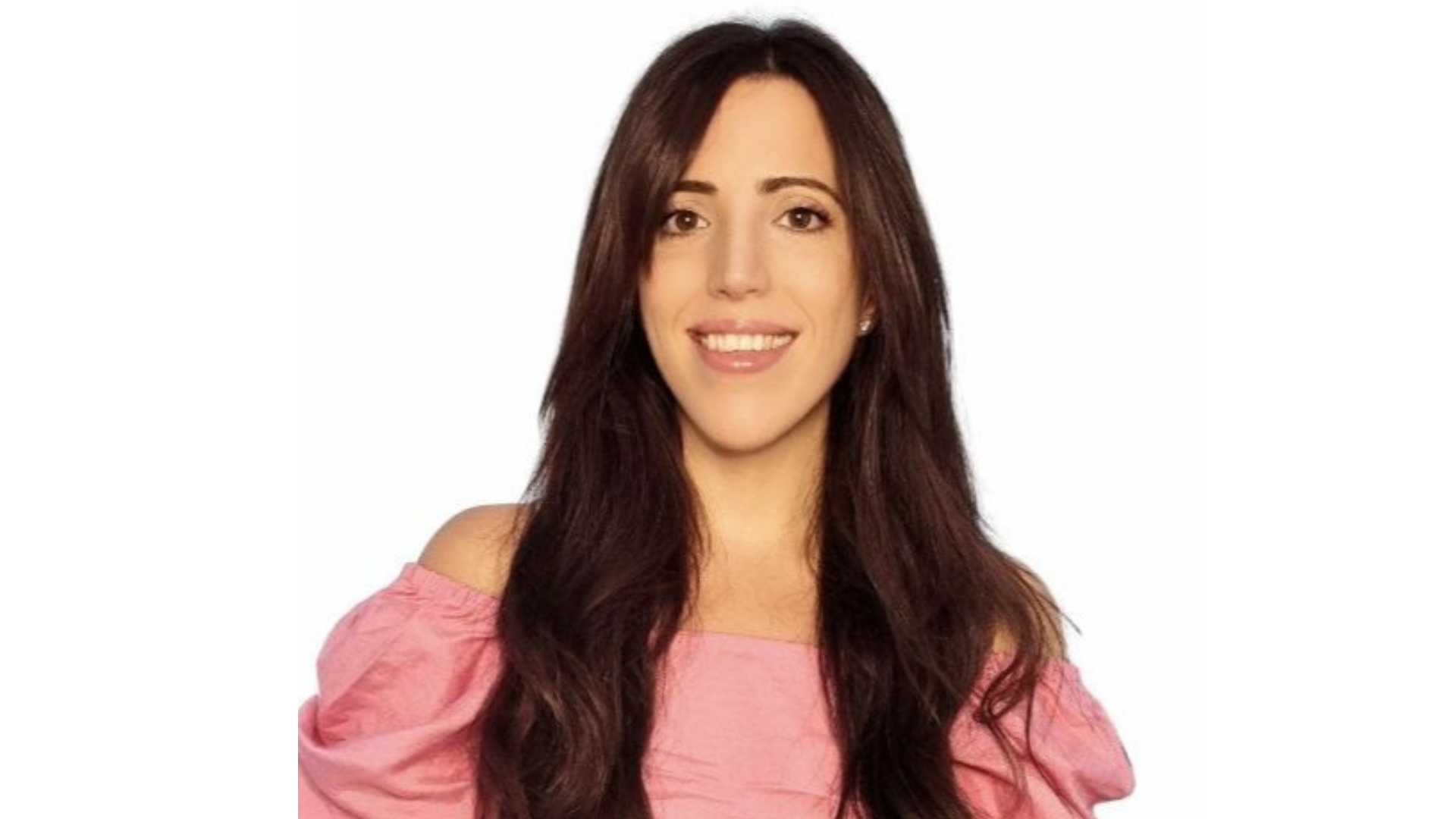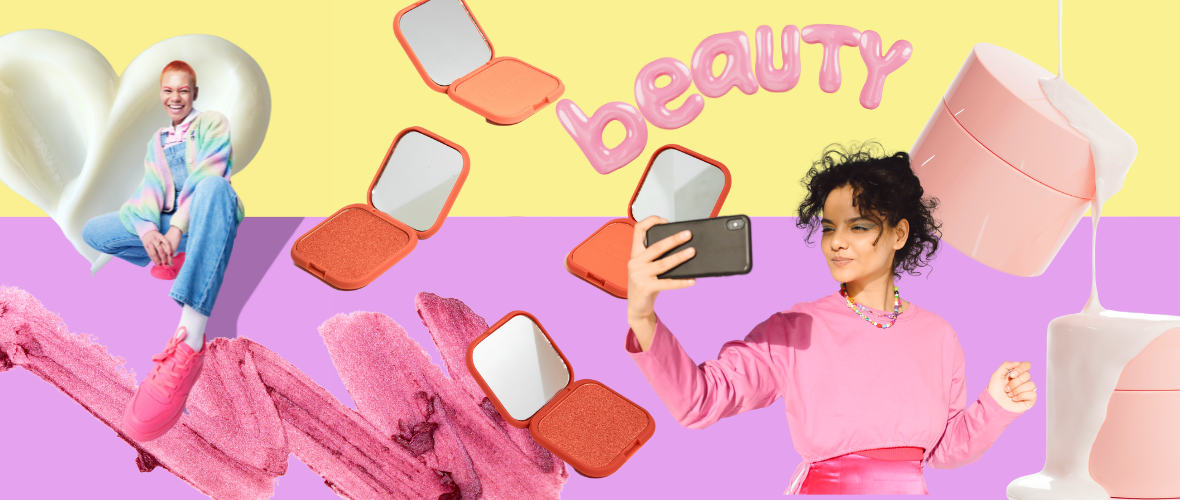Sales of beauty products continue to grow. With a turnover of 10.4 billion euros in 2023 and an increase of 12.1% compared to the previous year, the industry continues to expand. But why does the sector continue to win over consumers at this rate?
Beyond the numbers, the real change is in consumer psychology. Beauty is no longer seen as a mere whim, but as an investment in well-being. If anything has become clear in recent years, it is that looking good has a direct impact on how we feel. And in a context where we are looking for small pleasures to help us cope with everyday life, cosmetics has found its golden moment.
Blush blindness, social networks and the desire to belong
The ‘lipstick effect’, the theory that explained how in times of crisis lipstick sales increased because it was an affordable luxury, has evolved. Now it's blusher that has taken over, with the ‘blush blindness’ phenomenon taking social media by storm thanks to Sabrina Carpenter and her signature look. But this is more than just a fad: social media has turned beauty into a cultural phenomenon, where consumption is not just based on the functionality of products, but on the possibility of joining viral trends.
For the younger generation, beauty shopping is almost a social act. From ‘Get Ready With Me’ on TikTok to Sephora hauls, beauty consumption is shared, communal and aspirational.
The beauty is everywhere (and in every shops)
But consumption is growing not only because of ephemeral trends, but also because of increasingly easy access to products. Omnichannel shopping has changed the rules of the game: not only marketplaces such as Amazon or Miravia are driving sales, but also players in other sectors such as fashion have integrated beauty lines into their offer.
While a few years ago cosmetics were reserved for supermarket shelves, pharmacies and the selective channel, today any retailer wants its share of the cake. The expansion of the industry has made make-up and skincare available to anyone, anywhere. Zara has perfumes and make-up, Ecoalf has launched its facial care line and marketplaces such as Amazon or Miravia have reinforced their commitment to the sector.
This easier access has changed the relationship with beauty: now it is not only the product that matters, but also the shopping experience, the exclusivity of certain launches and immediacy. We want what's new, what's viral and we want it now.
Innovate or die: how the marks can stand out in a saturated market
In a saturated market, brands must go beyond offering a good product. Innovation in formulations, textures, packaging and experiences is what makes the difference. From multifunctional, time-saving products to olfactory sensations and unexpected textures, everything is designed to attract and retain consumers.
Added to this is the phenomenon of influencers and celebrities who, rather than simply recommending products, have taken the leap to creating their own brands. From Hailey Bieber's Rhode to Selena Gomez's Rare Beauty, these companies are born with an assured audience and a powerful storytelling that makes them irresistible.
With an infinite supply, standing out is more complicated than ever. But the two keys that continue to make the difference: innovation and emotional connection.
Innovation is not only in formulas (more effective, sensorial or multifunctional), but also in packaging, in the experience of use and in the ability to make the beauty routine more intuitive. Cosmetics is no longer just about efficacy, but about pleasure, convenience and storytelling.
Emotional connection is just as important. Consumers are looking for brands that align with their values and make them feel part of something bigger. It is no coincidence that successful brands are those that have managed to build a strong community around them.
Beauty merchandising: when cosmetics become cult brands
Why are more and more beauty brands opting for merchandising? The answer is simple: the consumer wants to be part of their universe.
Today, buying a cream or a perfume is not just a question of necessity. It is aspirational. It is connection. It is identity. And when a brand becomes a symbol, its followers want to show it with pride.
Of course, this level of engagement also has its risks. In a hyper-connected world, any reputational crisis can be lethal. The recent controversy surrounding Matilda Djerf, accused of mistreating her company's employees, has affected not only her brand, but all the firms with which she collaborates. Rhode, for example, launched an exclusive lip balm with her, but the controversy exploded before they could really capitalise on the marketing investment.
What next? The future of the beauty
The beauty sector shows no signs of slowing down, but it does show signs of evolution. Consumers are becoming more demanding, seeking authenticity and expecting constant innovation. In this scenario, only the brands that understand these new rules of the game will manage to stay on top.
And in the meantime, the beauty fever continues. What's next? Perhaps another viral trend that will take us straight to the shop.

